South Africa's Pep owner Pepkor reports 12.4% earnings rise
S&P downgrades Botswana to BBB amid diamond market pressure
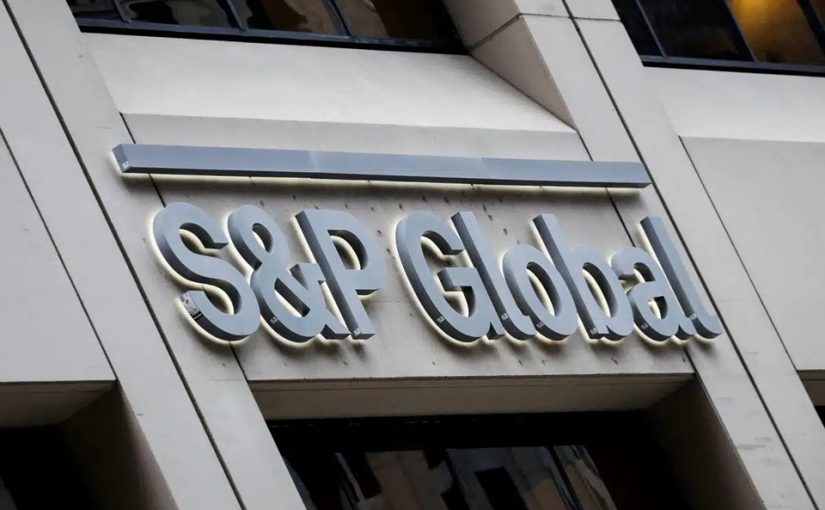
File photo: Reuters
- S&P Global Ratings lowered Botswana’s sovereign credit rating to BBB from BBB+, maintaining a negative outlook.
- The downgrade stems from collapsing diamond revenues, deteriorating public finances, and rapid erosion of foreign exchange reserves.
- Botswana’s diamond-dependent economic model faces challenges from falling global demand and the rise of synthetic diamonds.
S&P Global Ratings has lowered Botswana’s sovereign rating from BBB+ to BBB, assigning a negative outlook. This decision is driven by the collapse of diamond revenues, deteriorating public accounts, and the rapid erosion of foreign exchange reserves.
Diamonds: The economy’s Achilles’ heel
Botswana, the world’s second-largest producer of rough diamonds, historically derives 70% of its exports and nearly a third of its public revenues from this single resource. However, since 2023, falling prices and global demand—weighed down by China’s slowdown, stagnant American consumption, and the rise of synthetic diamonds—have destabilized this model.
Gross domestic product contracted by 3% in 2024, with a further 0.4% contraction expected in 2025, according to S&P. Debswana’s production, a joint venture between the state and De Beers, has been reduced by 40% since 2023. This represents a forced austerity measure for a country whose growth had long served as a model in Southern Africa.
Twin deficits and rising debt
The fall in diamond revenues had an immediate impact on public finances. The budget deficit reached 8.9% of GDP during the fiscal year ending March 2025, a record in two decades. For 2025-2026, S&P anticipates a still-high deficit of 7.6% of GDP, before a gradual reduction to around 5% by 2028.
Net debt, long almost zero, climbs rapidly: from 6.3% of GDP in 2023, it is expected to exceed 33% by 2028. Concurrently, foreign exchange reserves have collapsed, falling from $4.5 billion mid-2024 to $3.2 billion mid-2025, a 27% decrease.
The country also records a current account deficit of 4.7% of GDP in 2024, projected to widen to an average of around 6.5% between 2025 and 2028. This dual imbalance ends the image of financial orthodoxy cultivated since independence.
A changing global market
Beyond cyclical factors, the market’s very structure raises concerns. Synthetic diamonds now represent up to 50% of the US engagement ring market by volume, offering significantly lower prices and a “green” product image. Global luxury demand, meanwhile, remains penalized by weak Chinese recovery and a shift towards gold.
While some trends might prove temporary (such as US surtaxes or stock overabundance linked to sanctions against Russia), S&P highlights the risk of a lasting unfavourable shift for natural diamond producers.
Political transition and structural challenges
The downgrade occurs in an unprecedented political context. In October 2024, the center-left opposition (UDC) won general elections, ending nearly 60 years of Botswana Democratic Party dominance. President Duma Gideon Boko has promised diversification and structural reforms. An agreement signed in early 2025 with De Beers should allow for a gradual increase in the share of diamonds marketed by the state via the Okavango Diamond Company (50% compared to 25% previously).
The launch of the 12th National Development Plan and the Botswana Economic Transformation Program, expected in late 2025, should mark a turning point. These initiatives target sectoral diversification, fiscal reforms, and improved public productivity. However, the room for maneuver is narrowing.
S&P maintains a negative outlook, cautioning that fiscal and external balances are set to worsen in the absence of strong policy reforms. The diamond sector, though showing modest recovery, has prompted some producers to scale back output. Still, a lasting pickup in global demand or progress in diversification could bring stability to the rating.



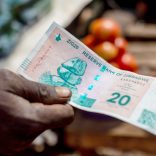
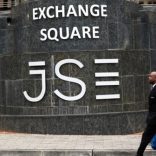
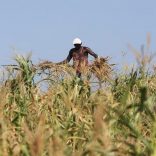
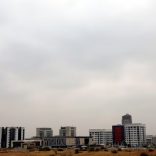

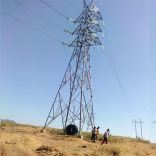



Leave a Reply
Be the First to Comment!
You must be logged in to post a comment.
You must be logged in to post a comment.